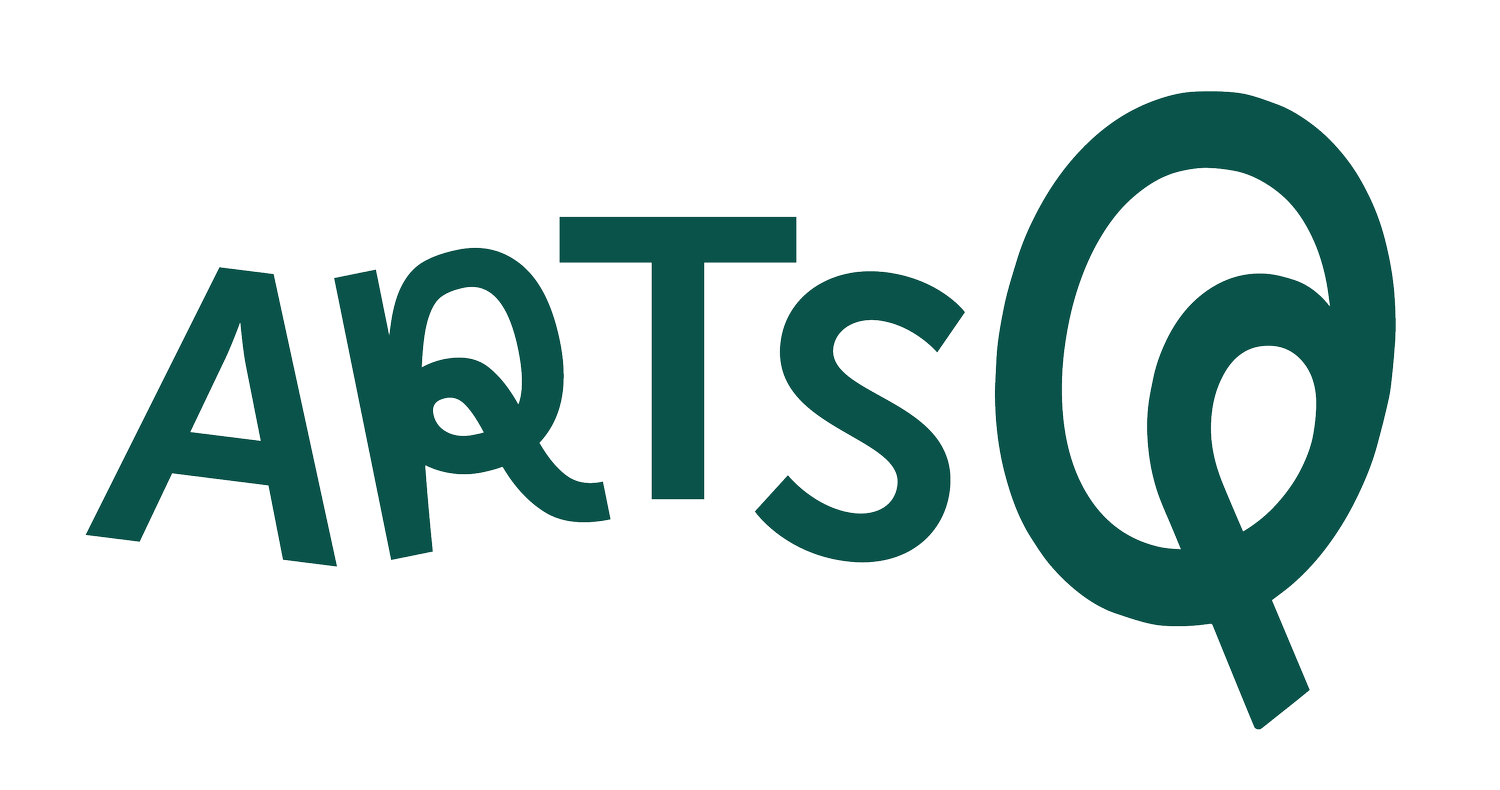What is horror vacui in art?
What does the term horror vacui mean, and how does it apply to art history?
A fear of empty spaces—this is the simplest definition of horror vacui, a term used to describe art. But what does that mean? This short educational video looks at the relief sculpture in the stunning Mexican Baroque church of Santo Domingo de Guzmán in Oaxaca City, Mexico—a tour de force of artistry in the Spanish colonial period (when Mexico was part of the Viceroyalty of New Spain). Be prepared to be totally overwhelmed by this incredible example of Oaxacan art!
The video uses this space to define horror vacui and looks at comparative examples in art history, including an ivory pyxis from medieval Spain, the Mogao caves of Dunhuang, and a painting by Kehinde Wiley.
CHAPTERS
0:00 Introduction to horror vacui at the Baroque church of Santo Domingo de Guzmán in Oaxaca
0:21 Defining horror vacui with the Book of Kells, an ivory pyxis, Kehinde Wiley, and Dunhuang
0:50 Horror Vacui explained at Santo Domingo
1:17 Does horror vacui imply chaos?
1:38 The genealogical tree of Saint Dominic (Santo Domingo)
2:05 The Dominicans in Oaxaca
2:25 Horror vacui throughout the church





